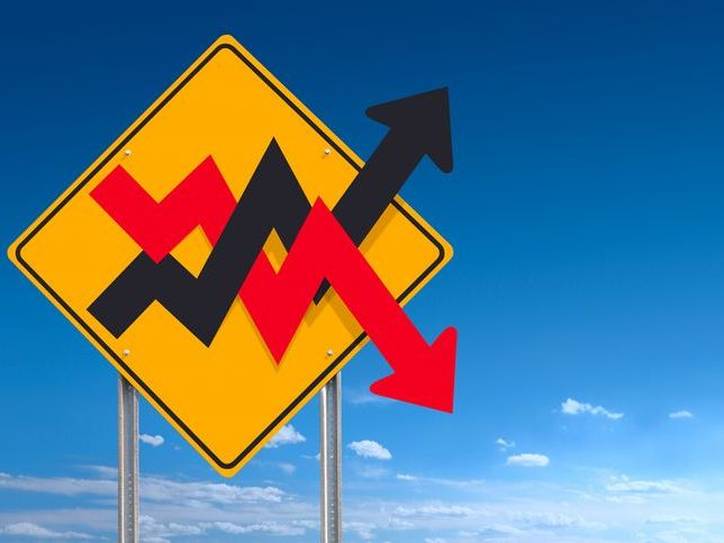“Good investors gather information, put that information into current and historical context, then make sound decisions.”

Whatever happened to that sleepy day after Thanksgiving? Financial markets aren’t even open for a full session, and it is typically the lowest trading volume of the whole year. At least those two things were the same. But what a surprise when the algo-traders reacted to the news of another COVID variety out of South Africa! And once again world politicians overreacted and closed their doors to travelers. Early reports from the South African doctor who made the report to the World Health Organization detailed a higher number of mutations, but milder symptoms. But that news wasn’t released until Saturday and the damage was done.
November, which had been a pretty quiet month, closed out with big swings in both directions, ultimately surrendering the modest gains earned in the first week. The good news, ironically, is that the selling was sparked by an unforeseen event. Selling on news is frequently followed by strength, as institutional investors digest the facts and ignore the fiction. It is very early into this correction and impossible to determine the exact timing of events, but it is December, historically a very productive month. As disturbing as the news was, it has not been the first COVID variant, and most certainly won’t be the last.
International equity indexes, which have been in a trading range since April, went back to the bottom of that range for the third time this year. European equity markets, the first to once again close their doors, are also in a similar trading range, but are holding on to their early gains from January to April. Emerging market indexes, which have been struggling to stay in the black for 2021, have once again slipped hard, and are the only equity indexes failing to show positive returns for the year.
Both domestic and international bond markets experienced a much needed positive punch from the post-Thanksgiving jump in volatility. Bonds have not had a good year, as interest rates have stayed artificially low and inflation has spiked. High yield bonds are in positive territory, but high quality bonds are still showing negative total returns for the year. The Federal Reserve is signaling that they are going to allow interest rates to find their ‘natural’ level sometime in 2022. It has been long overdue.
The biggest spike was seen in the Volatility Index, but that index is also still contained in a trading range. It has actually been relatively quiet for most of 2021, with only a dozen or so brief spikes that were quickly resolved within a few days. It will be interesting to see if this pattern persists into the new year. The Volatility Index has been less of a concern for almost two years as the algo traders became more adept at managing and masking their sell programs. I am certain that they were as surprised as the rest of us when their Artificial Intelligence Programs triggered a sell on the lowest volume day of the year! And I am certain that they are spending the rest of the year factoring more market volume algorithms into their formulas.
The fact remains that it has been a good year for domestic equity markets, albeit it was another ‘COVID year’. The U.S. economy is still opening up, and a majority of the U.S. population has been vaccinated. Schools are back in session, and the entertainment industry is just starting to stretch it’s legs again. The politicians are getting ready for their mid-term contests, and the sports seasons are preparing for their playoffs. Everyone is looking for the next big winners in politics, sports, and equity markets. The more things change, the more they stay the same. We remain cautiously optimistic on equities, cautiously concerned about bonds, and absolutely inspired by the human spirit.
Edward D. Foy, Manager, SELECTOR® Money Management, Chief Investment Officer, Foy Financial Services, Inc.
© 2021 Edward D. Foy. ed@foyfinancial.com, www.foyfinancial.com
Sources: Bloomberg.com, Marketwatch.com, StockCharts.com, Morningstar.